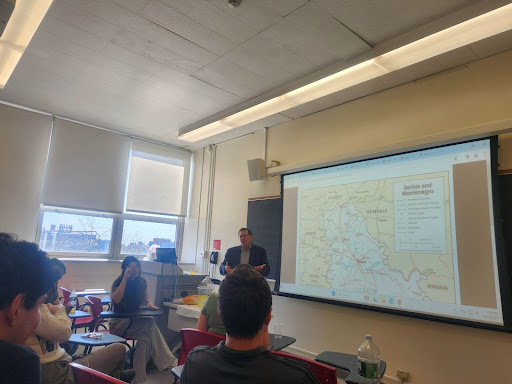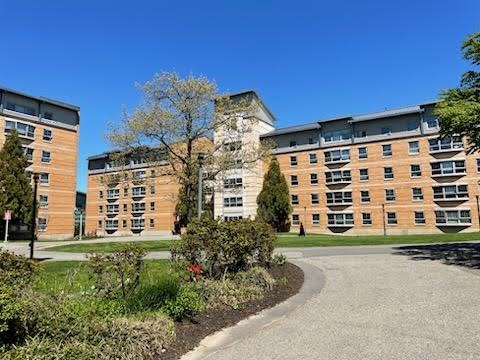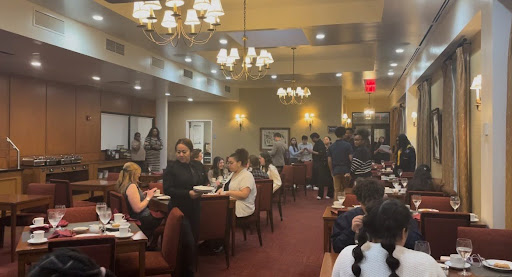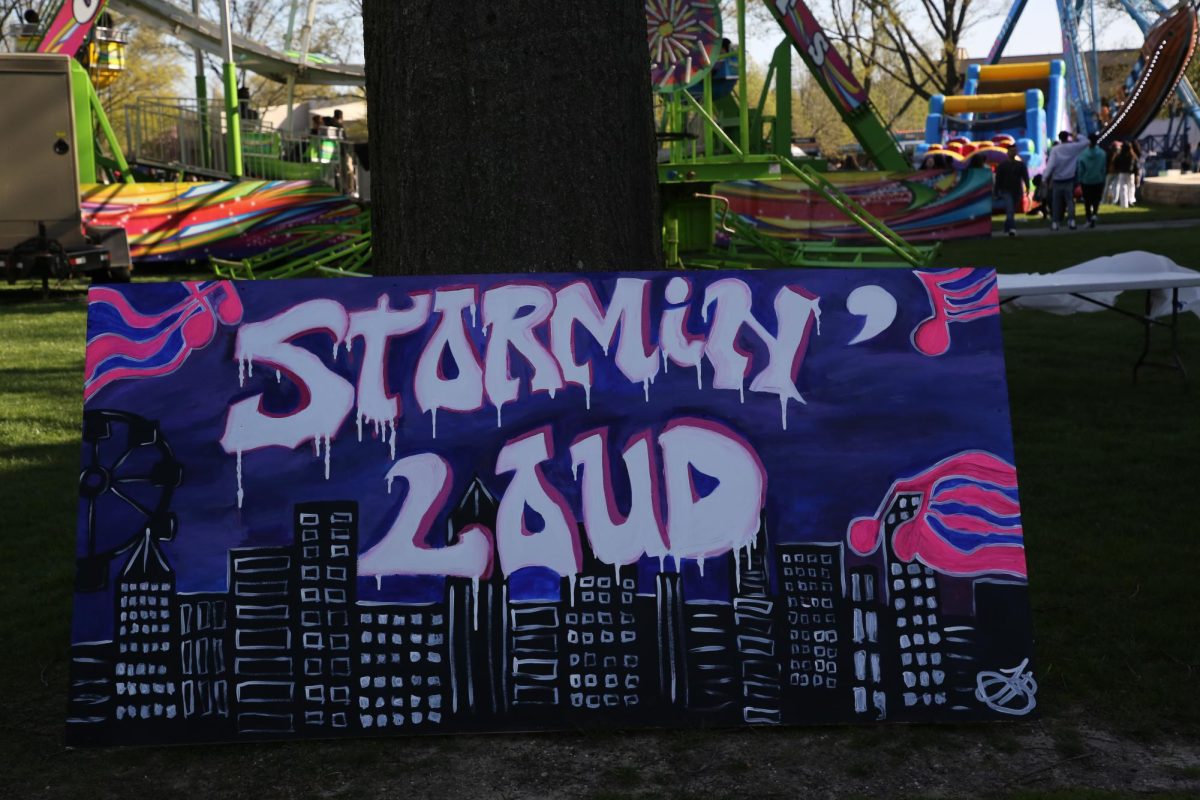Students and alumni rallied to swab their spit for a greater cause at the Bone Marrow/Stem Cell Drive, held in the Law School Solarium last Thursday, Jan. 20. The event was organized by Philip Lucrezia in accords with “Be The Match,” a national registry for bone marrow donors.
Bone marrow donations can help fight blood diseases such as Leukemia and Myelodysplastic Syndrome, also known as MDS.
Lucrezia’s older brother, Angelo, is currently suffering from MDS, a form of blood cancer. He has organized several of these drives since July, in multiple places such as churches, village halls and social clubs.
Lucrezia said his brother had recently found a match just under a month ago.
While his efforts to find a bone marrow match for his brother fueled his initiative, Lucrezia said that these drives were also beneficial for the larger cause.
The drive saw about 100 people register between 10 a.m. and 4 p.m. Lucrezia said that he was very pleased with the number.
“I felt it went very well overall,” he said.
Anyone added to the registry was instructed to fill out a form to confirm they met the necessary health guidelines. Then, they were given four cotton swabs which they rubbed against the inside of their cheek for several seconds each.
Gavin Scotti, a graduate of St. John’s Law, said he received an email from the school informing him about the drive. Scotti called the process of gathering stem cell information relatively easy and was intrigued by how many illnesses a bone marrow transfer could help.
“I didn’t know that it helped so many diseases but I suppose it doesn’t surprise me,” he said.
Elizabeth Vanderlinde, a first year law student, agreed that the process was a quick and easy one, noting that she was able to participate right before class.
Vanderlinde had seen a sign advertising the drive on her walk into the law school and decided to help out.
“Whenever I see [a drive], I’ll do it if I’m eligible,” she said.
Jair Thompson, a program specialist for the Brooklyn/Staten Island division of the New York Blood Service, was present at the event and helped volunteers with their registration. Thompson stressed that college involvement was crucial to finding more potential donors. He said there was a poor minority representation on the registry.
The process of a bone marrow transfusion has become progressively quicker and less painless.
Originally, marrow was extracted from the back of the hips and the donor would feel mild soreness for a few days, according to Thompson.
He also said that this method is now only used 30 percent of the time and that the more common method currently used is Peripheral Blood Stem Cell Collection.
Thompson said that doctors from around the world may access the “Be the Match” registry to find a match for any patient in need of a transfer.












